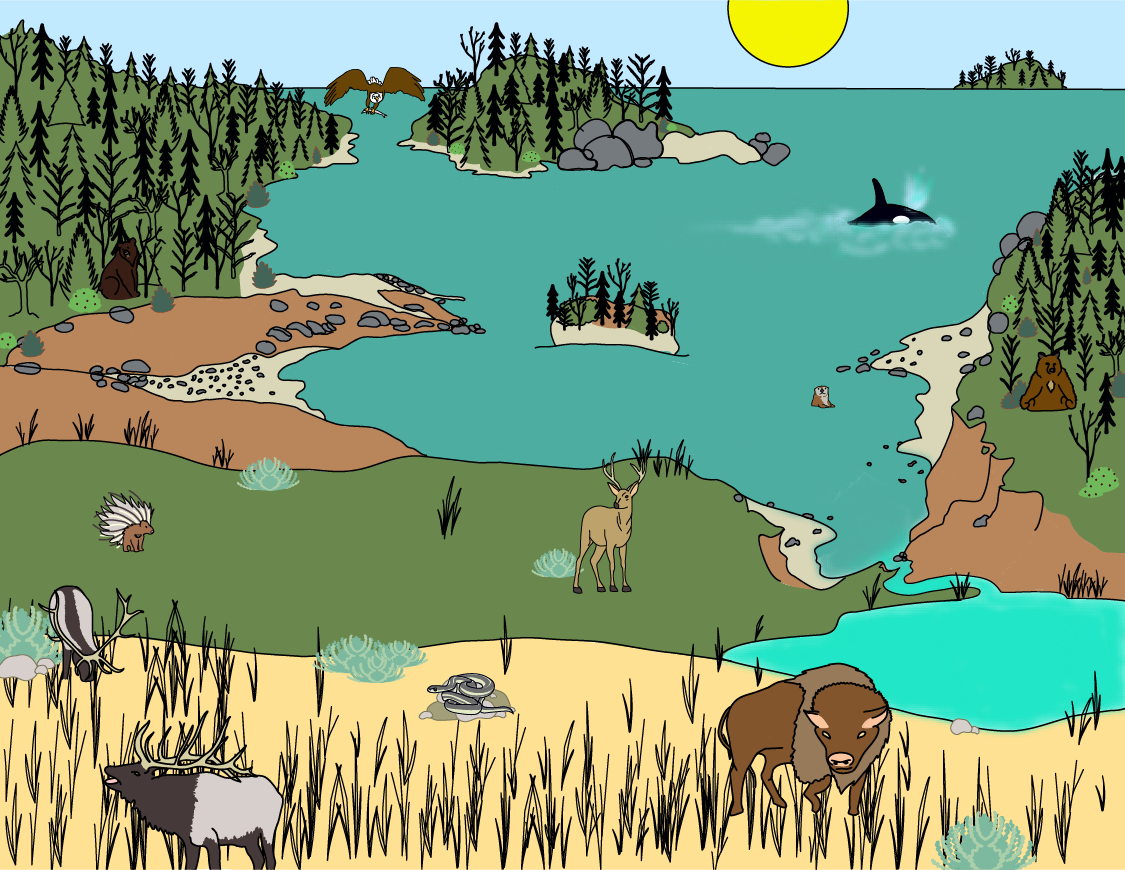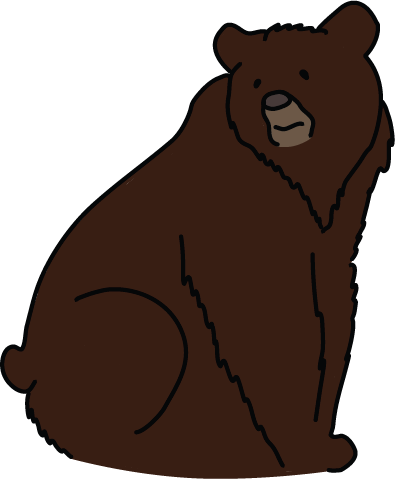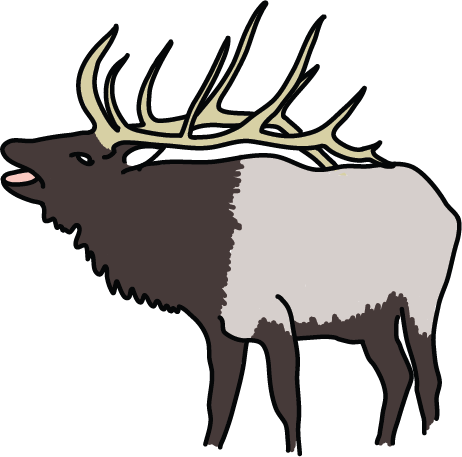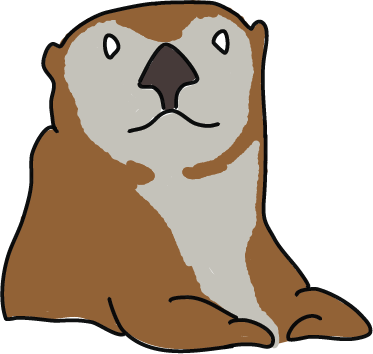Indigenous ways of knowing
Last updated: September 28, 2023
On this page
- Introduction
- Indigenous Knowledge
- British Columbia's commitment to the rights of Indigenous Peoples
- Indigenous Knowledge and environmental analysis and monitoring
- Shared knowledge in action
Introduction
Indigenous ways of knowing consist of Indigenous Knowledge. This knowledge is founded on the ancestral relationship Indigenous Peoples have with their surroundings. Indigenous Peoples in Canada are First Nations, Inuit, and Métis people. This webpage uses knowledge and definitions gathered from Indigenous Communities.
Indigenous Knowledge
Indigenous Knowledge is:
- A term that represents the understanding and information unique to Indigenous Peoples
- Information collected by generations of Indigenous peoples
- Holistic, cumulative and dynamic
- Built on the historic experiences of a people
- Adaptive to social, economic, environmental, spiritual and political change
- Inclusive of the physical and metaphysical world linked to moral code
- The practical application of skills and knowledge
- Trust for inherited wisdom
- Respect for all things
- Practical experimentation
- A qualitative oral record
- Communication of metaphor and story connected to life, values and proper behaviour
- Integrated and applied to daily living

About the artist
The landscape and wildlife illustrations on the Indigenous ways of knowing pages are the work of Tenessa Gagnon.
Tenessa is a nêhiyawiskwêw (Cree woman) mixed media artist who currently resides in B.C., Canada. Her art explores themes of colonization, spiritual recognition, morality, and her relationship with the environment.
Cree beliefs stress the value of respect, sharing, love, and kinship. Her moral decisions and why she chooses to work with the materials she does are based on hunting ceremonies and their disciplines.
When thinking of her relationship with nature, she does not see it as one being greater than the other, or that she has the dominion to decide what has soul. Her relationship with nature is one of equality, rather than superiority.
Indigenous knowledge is integral to a cultural system that also encompasses:
- Language and systems of classification
- Resource use practices
- Social interactions
- Ritual and spirituality
It is a cumulative body of:
- Knowledge
- Know-how
- Practices
- Representations
This body of knowledge is maintained and developed by peoples with extended histories of interaction with the natural environment.
These sophisticated sets of understandings, interpretations, and meanings are part of cultural patterns that encompass:
- Language
- Naming and classification systems
- Resource use practices
- Spirituality
- Worldviews (Adapted from UNESCO Local and Indigenous Knowledge Systems)
These unique ways of knowing are important facets of the world's cultural diversity and provide a foundation for locally appropriate sustainable development. (Magga, Ole-Henrik. “Indigenous education.” Childhood Education, vol. 81, no. 6, 2005, pp. 319–320)
British Columbia's commitment to the rights of Indigenous Peoples

In November 2019, the Government of British Columbia signed the United Nations Declaration on the Rights of Indigenous Peoples (UNDRIP). When adapted to British Columbia, UNDRIP became the Declaration on the Rights of Indigenous Peoples Act. It is a comprehensive document that outlines the rights of Indigenous Peoples in British Columbia.
Indigenous Knowledge and environmental analysis and monitoring

Incorporating Indigenous Knowledge into environmental assessment and protection is beneficial. It creates:
- Other ways of knowing and being
- A larger database of information
- Land stewardship
- A holistic integrated approach toward environments
Combining Indigenous Knowledge with western ideology provides two perspectives on the natural environment. They can be used in harmony to influence stewardship and protection of various environments.
Shared knowledge in action

The Shared knowledge in action page provides examples of shared knowledge within the ministry. It highlights water quality objectives (WQOs) that place emphasis on Indigenous Knowledge. WQO reports highlight the unique relationship and understanding that is developed between a First Nations community and the Ministry of Environment and Climate Change Strategy.
